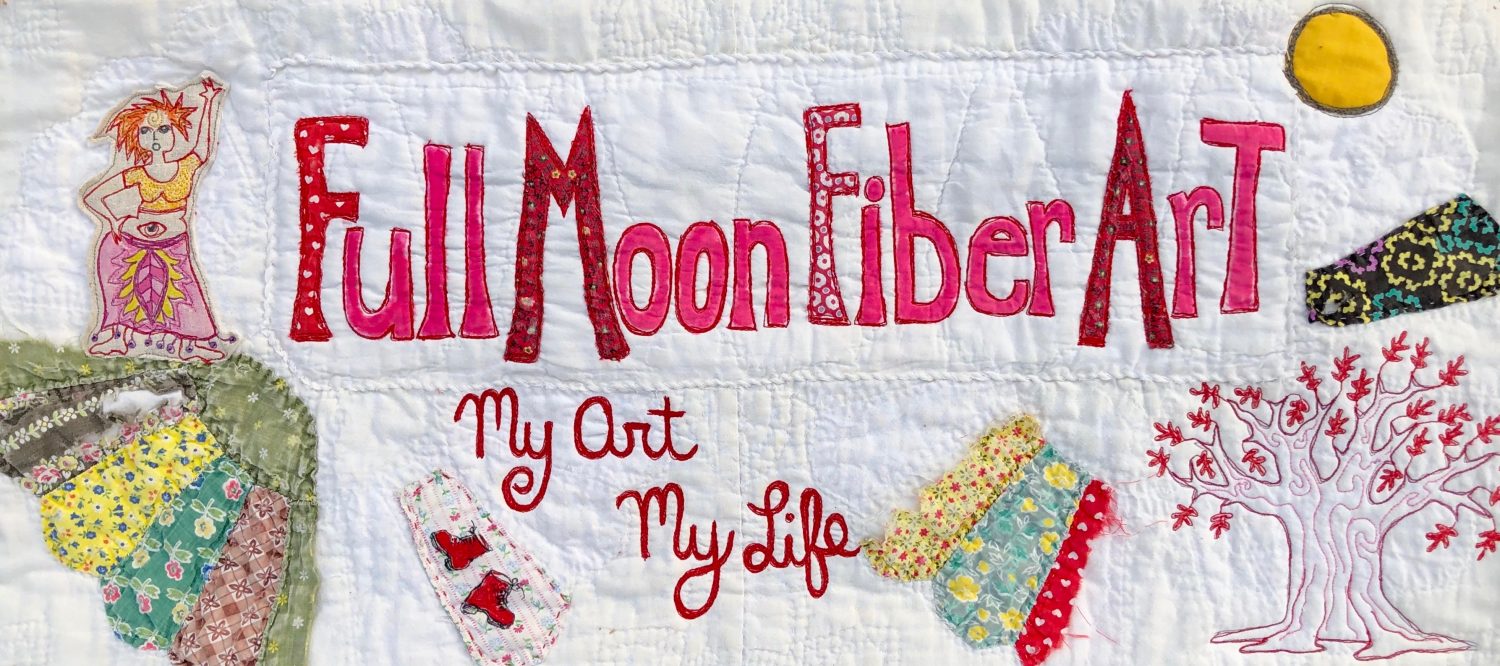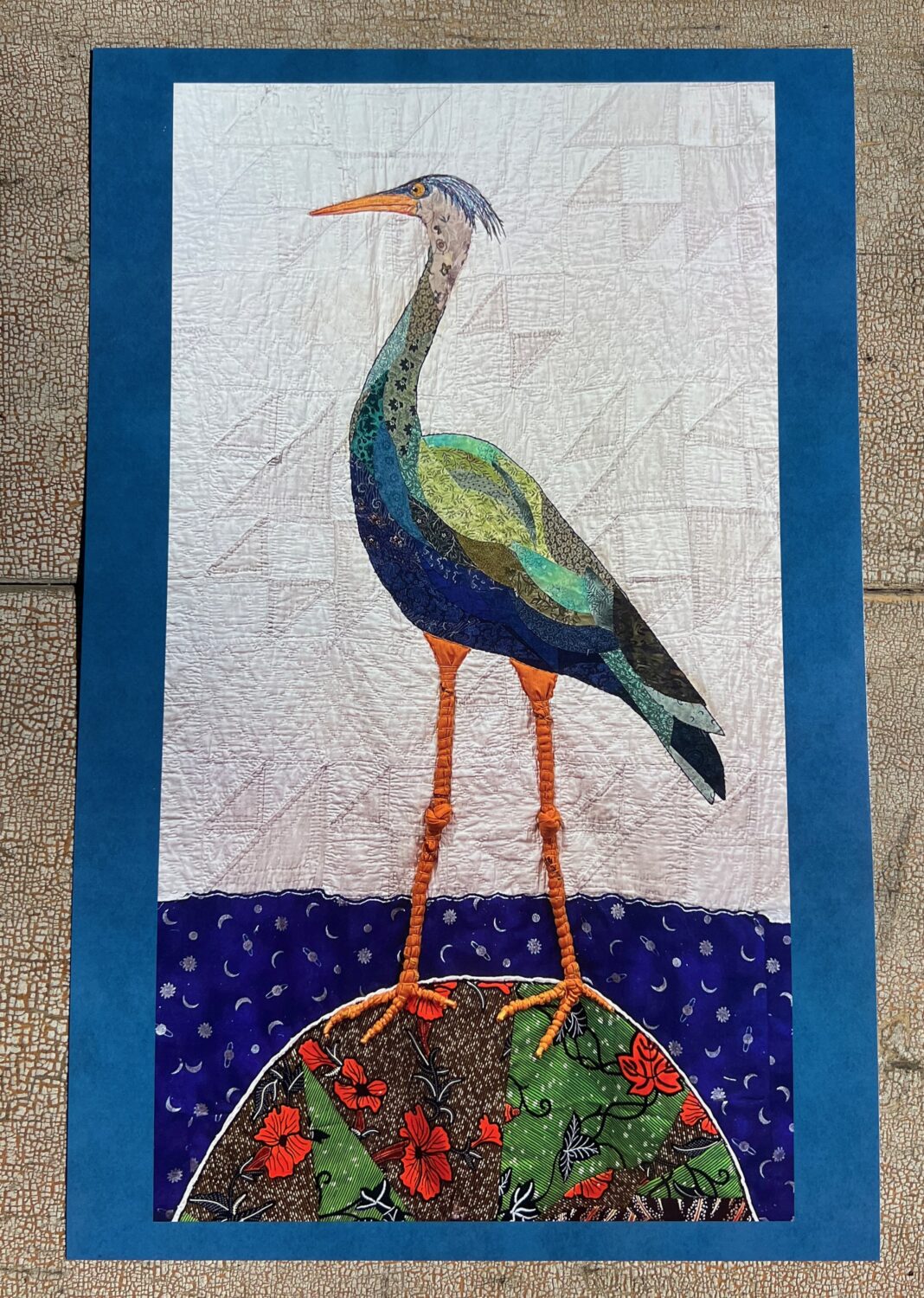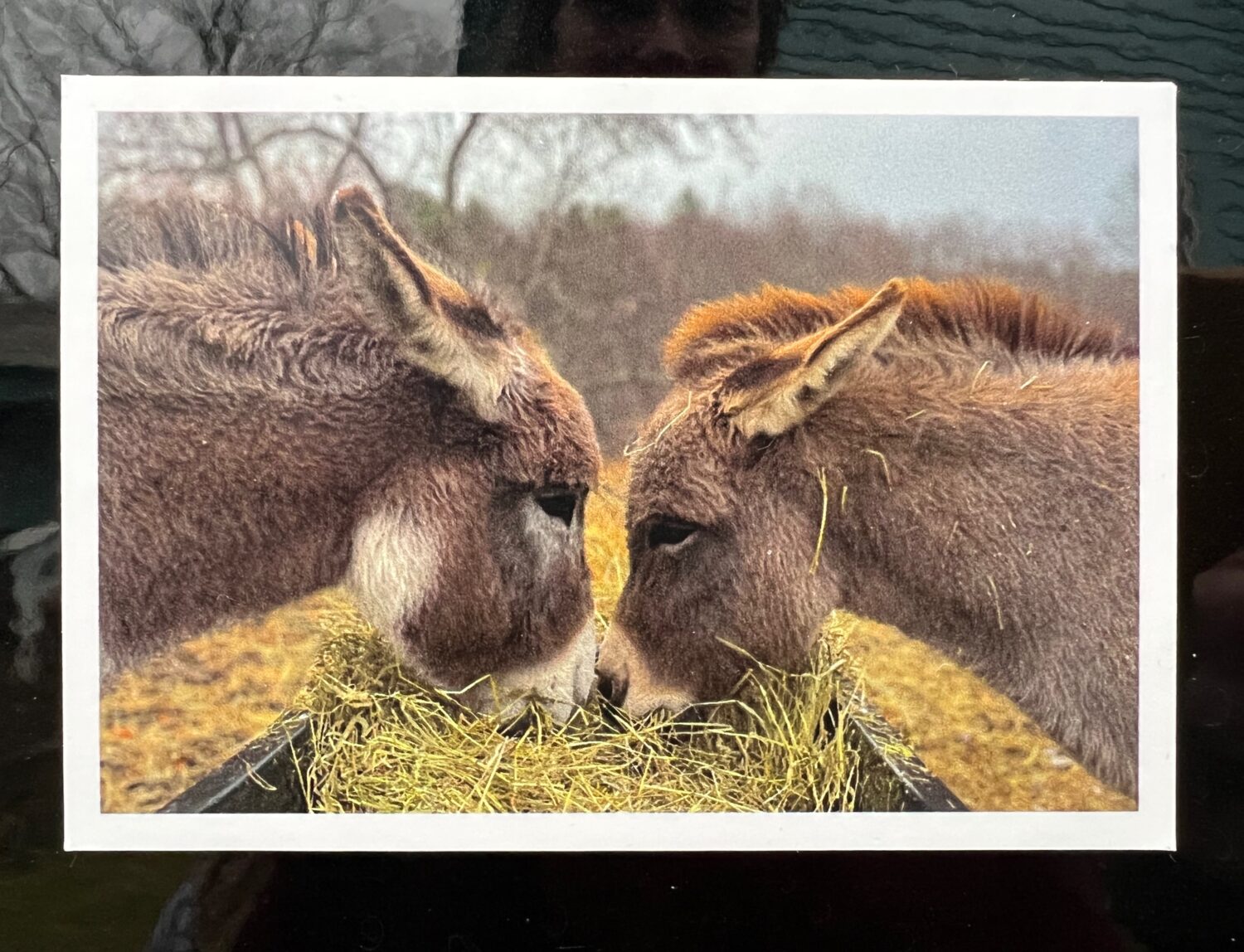
We weren’t long in the woods when Zach saw the pile of pine branches on the side of the trail. We stopped and he took out a pink-handled Mora knife from his wicker backpack.
He teaches kids all the time how to use knives and make fires. “Mostly,” he said, “they just want to be trusted.” He’s found that when you give them your trust, they are careful and responsible with both.
It made me think of our Amish neighbors and how their children are expected to work, with the rest of the family, from a very young age.
I watched as Zach cut a line around the pine branch, then another about 6 inches from the first. Then he cut another line into the bark connecting the two.
He slid his knife under the edge of the bark and lifted it up.
It separated from the branch surprisingly easily. When he couldn’t find the blunt tool in his backpack he wanted to use to remove the rest of the bark, he broke off another smaller branch removed the bark, and sliced the top of the branch to make a wedge.
Using his fingers and the wedge he removed the piece of bark. It came off in one piece. Then I did the same with another branch, making the cuts and using my fingers and the wedge to peel back the bark.
The smell of pine seeped into the air and my fingers were sticky with sap. Although I’ve seen bark baskets before and heard of Native Americans peeling bark off of living trees without damaging them, I could never quite understand how it worked.
Now I knew.

After the bark was free from the branch Zach showed me how to fold the corners to shape the bark into a small vessel. But we didn’t have the clothes pins needed to hold the corners in place, so he let the bark roll up as it naturally did and put it in his backpack for later.
It wasn’t until we got back to the trailhead, where conveniently there were some picnic tables and another pile of pine branches waiting for us, that we finished making the pine vessels.
First, we had to make some clothespins to hold the folded sides in place.
Zach found a couple of branches just the right size and we cut them up into pieces about 4 -5 inches long. Each piece had a knot on the top. Then he placed the knife legnthwise at the center of the bottom of the branch and hit the handle lightly with the side of his hand. The knife easily sunk into the tip of the branch and with little taps, it moved down the branch splitting it until it reached the knot which stopped it from being split completely in two.

Then we folded the sides of the pine bark and put the clothes pins on the ends to hold it in place until it dried.

It wasn’t until the next day that I could remove the pine bark and the folded ends stayed in place. I’m not sure what I’ll use them for yet. But I can imagine myself collecting bark in this way and making more of them. Before they dry Zach said they’re easy to sew through too.
There was something so simple and almost familiar about peeling the bark from the pine branch and then reshaping it to make the small vessels.
Maybe it’s the sculptor in me. Or maybe is just a part of being human. Like working with clay or weaving. Humans have been doing it for so long that I can’t help believe it’s still a part of us lying dormant, waiting to awake again.
















Oh my that looks so wonderful, to create from nature such lovely little vessels. Reminds me of my childhood camping trips each August when Dad would teach me simple things, like making arrows from sticks. I can smell the pine bark just looking at the photos.
I can close my eyes and hear the birds and chipmunks rustling in the brush
Thank you for the memories.
You put a big smile on my face with what you shared!
Well that makes me so happy to hear LoisJean. The smell of pine really sticks. It sounds like a lovely time with your dad when you were a kid. I always love to hear that. It makes me smile.
Just amazing!! The vessels are so nice, and of course as usual Maria you did a great job. Glad you enjoyed your time in the woods. So interesting reading about your adventures.
Hoping Jon is feeling better too.
THanks Joanne!
These are so simple and elegant and basic, in the sense of being of the base, being of something essential, in the most beautiful and profound way. The simplicity of the knotted twig clothespins is so beautiful too. I agree with you, we humans have been exploring and creating with everything around us, using these marvelous fingers, since we’ve had fingers. Such a deep connection to all past generations, isn’t it?
Beautiful said Lori. And yes, it is a connection to the past generations. The simplicity is such a big part of it all. I haven’t had time to really consider it, but you’re right That clothes pin is is using in the most direct and simple way what is available. Thanks for your thoughts and making me think.
I am so thankful that you are sharing this experience with us Maria! I sooooo want to do this walkabout now. It’s on my list of things to do the next time I visit the northern East Coast. Looking forward to more…
Well I did love it Gina and I will be writing more about it. Thanks!